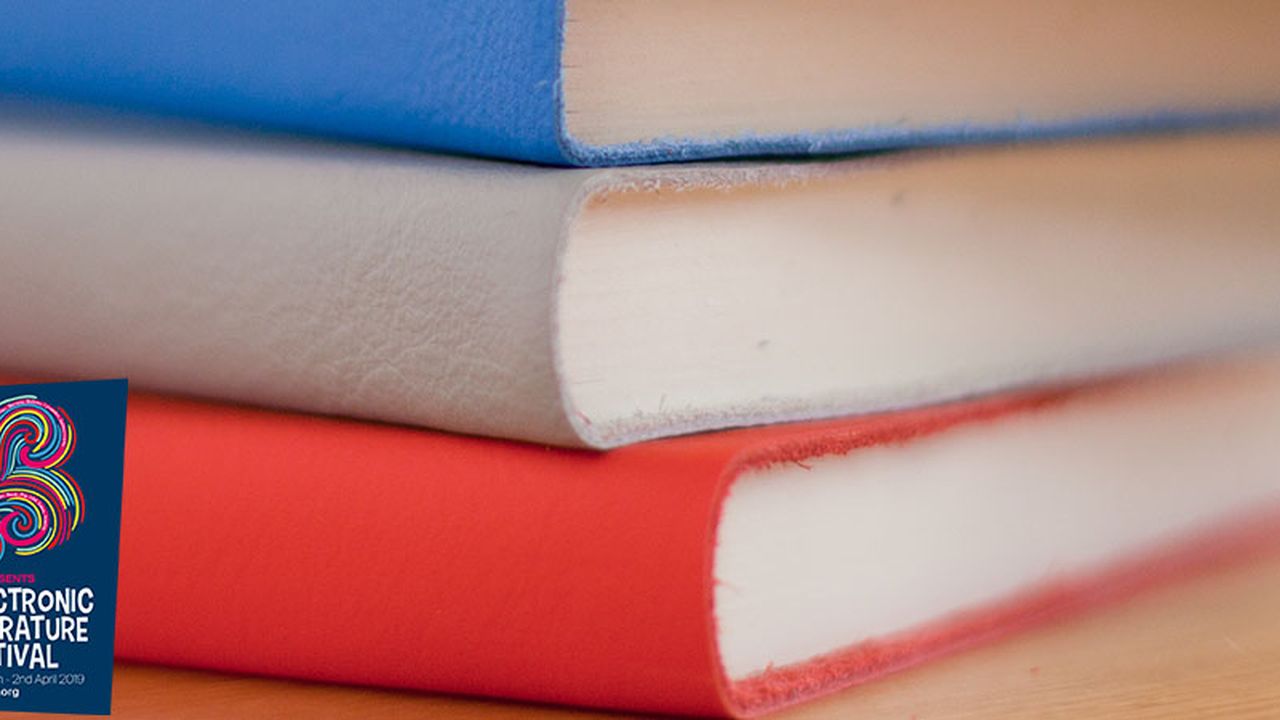Turn your readers into writers
As part of LbQ's ELF, find out some of the best ways to turn readers into writers.

As part of our Electronic Literature Festival (ELF), here are some tips and tricks for transforming your readers into writers in the classroom.
What to read
Quality texts are a must. But what equates quality? The answer is two-fold. Firstly, when children are selecting books for themselves, as teachers we have a certain amount of authority over the quality of texts our students choose. First and foremost, children must be encouraged to read for enjoyment; all the great stuff they can get from reading won’t happen if they don’t enjoy the book. Cue Pennac’s ‘Rights of the Reader’.
Next, we should encourage them to read a wide breadth of genres, authors and text types. Some students feverishly read one author, cough David Walliams cough and are very reluctant to branch out. Whilst a passion for a single author is fantastic, that person has one set of vocabulary and a singular style. Constraining a reader’s exposure in this way won’t improve their writing skills all that much. Coax students stuck in a rut out of it with similar genres, authors and styles. For the David Walliams fans, Frank Cottrell Boyce provides a different style, but covers real-life situations that turn fantastical in much the same way as Walliams’ books.
Modelling
As teachers, we are well versed in the need for good modelling. If you have chosen a good quality text that reflects the skills and features required of your students, half the modelling battle has already been done for you. Now what is required is the modelling of deep reading and analysing of the text. Focus on a select few features the text demonstrates well and model to students how to spot those features and what makes them effective. For example, you might use Roald Dahl’s Boy to explore descriptions of people. His use of seemingly insignificant details actually provide deep insight into the person he is describing: “Her blouse had bits of breakfast all over it, toast-crumbs and tea stains and splotches of dried egg-yolk.” However, if you want to look at the use of semicolons as a method of adding extra detail with a clear link, Dahl rarely, if ever, uses semicolons in this way. Michael Morpurgo does use semicolons in this way and beautifully: the perfect example.
Use reading skills in writing
One of the best ways to encourage students to improve their own writing is to encourage them to analyse their own writing in the same way as they would a text written by a professional author. This will, of course, need modelling, but when done effectively, it can provoke a much more thoughtful approach to writing.
Provide students with a list of questions to consider about their own writing:
Why did you choose that word to describe…? Why not another word?
Why did you choose that feature? What is the effect of it?
Why did you choose to start a new paragraph there? What has changed?
These question suggestions can be personalised; for slower workers, use of capital letters can be questioned to consolidate grammar understanding. For faster workers, split the page in half lengthways and use the right hand side to label features and the reason they are effective. In doing so, your students are not only applying skills they have learned in reading, but they are being more mindful about their writing choices.
Learning by Questions has a wide range of reading Question Sets that can be used as great stimuli for writing lessons. Ice Dragon for key stage 2 is a great example of a use of imagery to create character or Old Talon for key stage 3 provides a fantastic example of ‘show, not tell’ or implied meaning. Register for a free account today to enjoy these resources with your students.